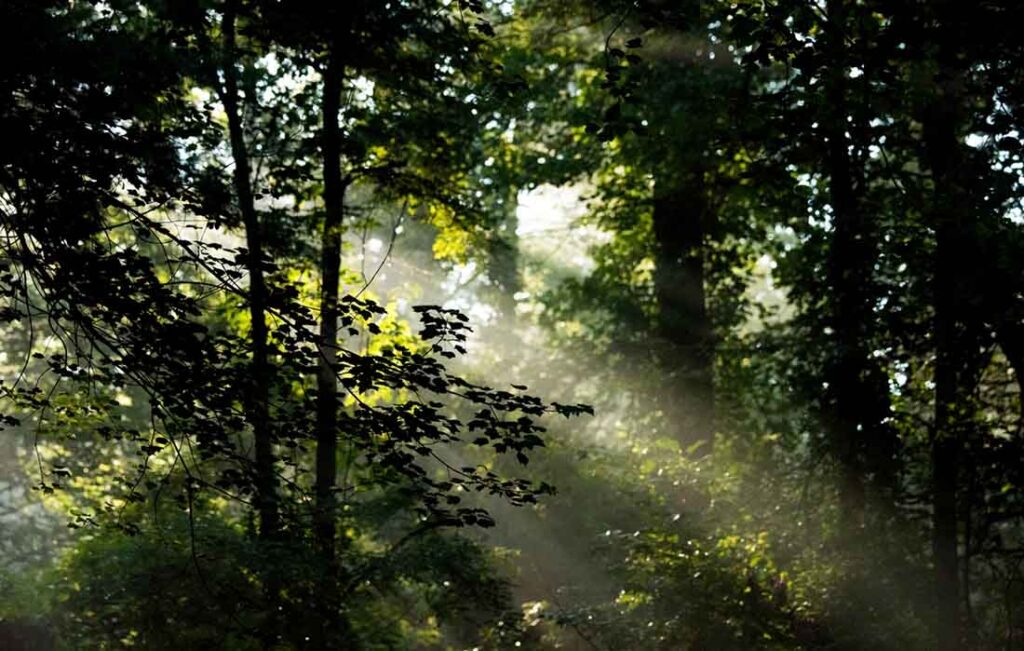Can you put a price tag on a tree? Those who sell timber for paper and other products certainly do, but what about the worth of a living tree? When you add it all up, a tree’s price is incalculable. That didn’t stop Portland Parks & Recreation in Oregon from hanging actual price tags on trees in the community to give people a sense of the benefits they provide. What are those benefits? We picked 10 of the most important:
- Clean Air. Researchers at the Davey Institute found that urban trees and forests are saving an average of one life every year per city because of the particulates that they remove from the air. A study in the Journal of Preventative Medicine found that people experienced more deaths from heart disease and respiratory disease when they lived in areas where trees had disappeared. Trees are often referred to as the “lungs of the planet” because of the oxygen they provide to other living things.
- Jobs. According to the U.S. Forest Service, recreation visitor spending in National Forests amounted to nearly $11 billion in 2012. All that economic activity sustains about 190,000 full- and part-time jobs. And that’s just in our National Forests!
- Clean Water. Forests provide natural filtration and storage systems that process nearly two-thirds of the water supply in the United States. When you drink a glass of tap water in a New York City restaurant, you’re drinking water that was filtered largely by the forests of upstate New York. The forests do such a good job that the city only needs to do a minimum of additional filtering.
- Carbon Sequestration. Burning fossil fuels puts heat-trapping carbon dioxide into our atmosphere, changing our climate in dangerous ways. Planting trees can slow down this process. A tree can absorb as much as 48 pounds of carbon dioxide per year, and can sequester one ton of carbon dioxide by the time it reaches 40 years old.
- Reduced Crime. Neighborhoods with abundant trees have significantly fewer crimes than those without. Researchers think that this is because green spaces have a calming effect and encourage people to spend more with their neighbors outdoors, bolstering community trust.
- Increased Property Values. People are drawn to homes and businesses near trees. The proof is in the prices: property values are 7 percent to 25 percent higher for houses surrounded by trees and consumers spend up to 13 percent more at shops near green landscapes.
- Mental Health. Feeling down? Take a walk in the woods. Several studies have found that access to nature yields better cognitive functioning, more self-discipline, and greater mental health overall. One study even found that hospital patients who can see trees out their windows are hospitalized 8 percent fewer days than their counterparts.
- Temperature Control. The shade and wind-breaking qualities that trees provide benefit everyone from the individual taking shelter from a hot summer day to entire cities. The annual mean air temperature of a city with 1 million people or more can be 1.8–5.4°F (1–3°C) warmer than its surroundings. Planting trees reduces this “heat island effect”. And households with shade trees could spend 12 percent less on cooling costs in the summer.
- Flood Control. Trees can hold vast amounts of water that would otherwise stream down hills and surge along rivers into towns. That’s why trees are such an important part of stormwater management for many cities.
- Wildlife Habitat. Wildlife use trees for food, shelter, nesting, and mating. These habitats support the incredible variety of living things on the planet, known as biodiversity. By protecting trees, we also save all the other plants and animals they shelter.
Learn more about the benefits of trees from our EarthShare member organizations: American Forests, Arbor Day Foundation, National Wildlife Federation, and Scenic America.




